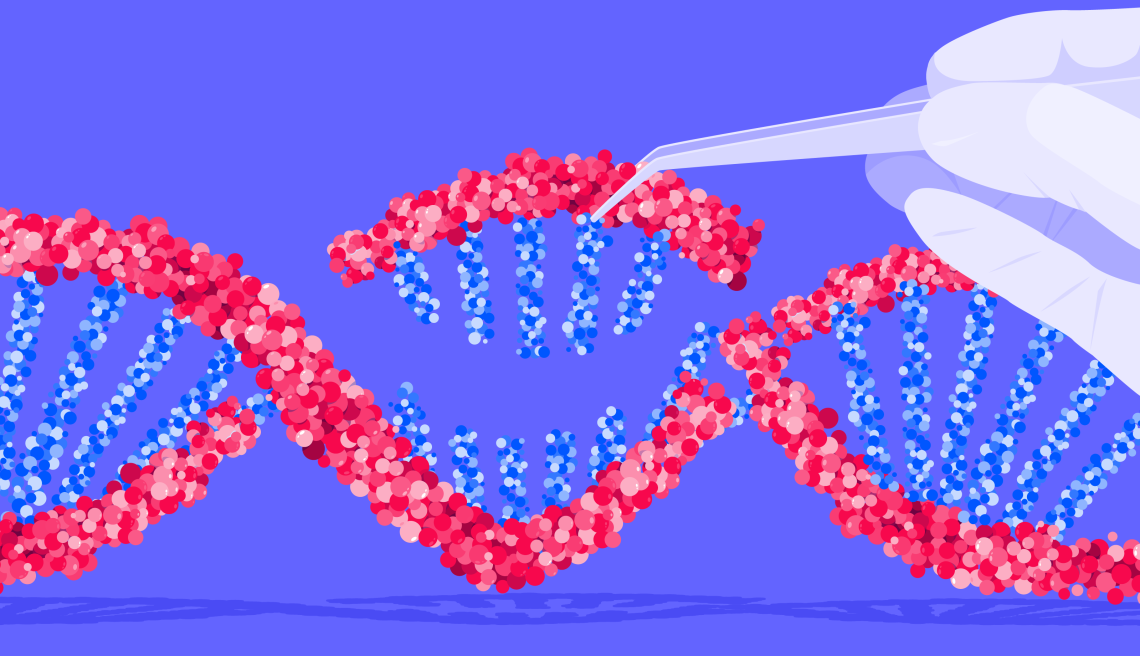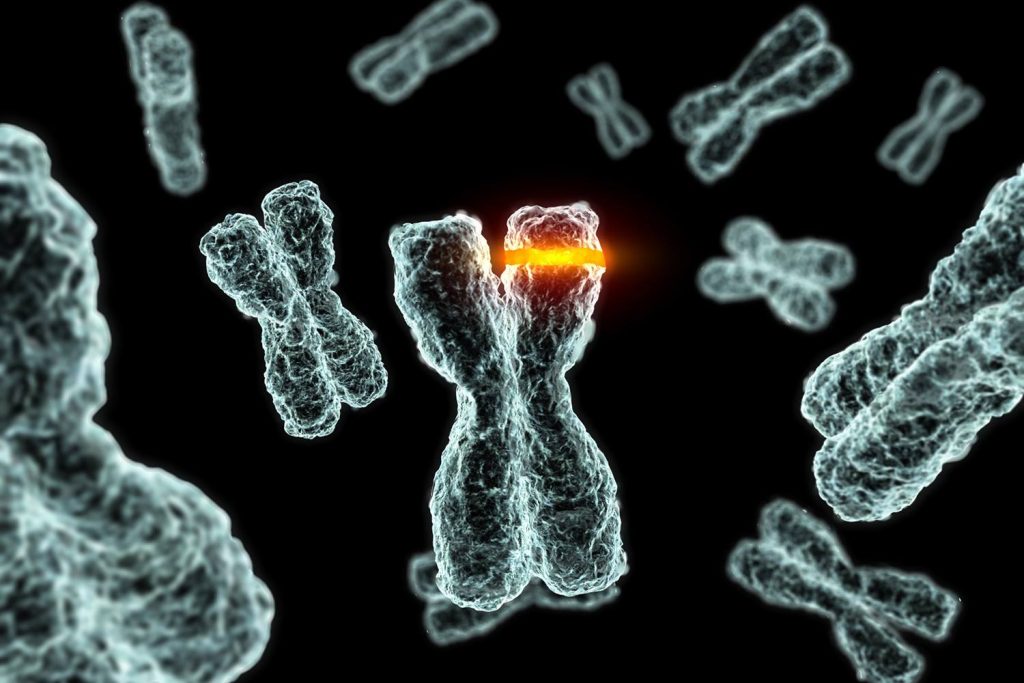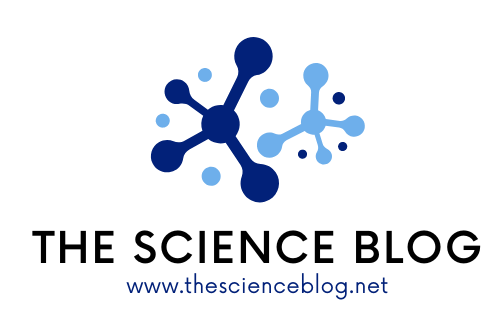
Exploring the Underlying Causes of Genetic Mutations
Genetic mutations are a fundamental aspect of biology, playing a pivotal role in the evolution of life on Earth. They are the driving force behind the diversity of species and the development of complex organisms. While mutations can be beneficial, neutral, or harmful, understanding the causes of genetic mutations is crucial for scientists and researchers alike. In this article, we will delve into the underlying factors that contribute to genetic mutations, shedding light on the intricate mechanisms that shape the genetic makeup of all living beings.
Spontaneous Mutations
Spontaneous mutations are genetic alterations that occur naturally, without any external influence. They are the result of various biological processes and intrinsic factors within an organism’s cells. Here are a few key types of spontaneous mutations:
a. Replication Errors: DNA replication is a highly intricate process. Despite the precision of DNA polymerases, occasional errors can still occur. These errors, such as base substitutions or insertions/deletions, can lead to mutations.
b. Tautomeric Shifts: Tautomeric shifts involve the temporary rearrangement of atoms within a nitrogenous base, leading to mispairing during DNA replication. This can cause the substitution of one base for another, leading to mutations.
c. Spontaneous Deamination: Deamination is the removal of an amino group from a nitrogenous base, which can result in a change in the base’s structure and properties. For example, the deamination of adenine can lead to the conversion of adenine to hypoxanthine, leading to A-T to G-C base pair changes.
Induced Mutations
Unlike spontaneous mutations, induced mutations are caused by external factors or agents that introduce genetic alterations. These factors can significantly increase the mutation rate in an organism. Common sources of induced mutations include:
a. Chemical Mutagens: Chemical mutagens, such as tobacco smoke and various industrial chemicals, can alter the structure of DNA. For instance, polycyclic aromatic hydrocarbons in cigarette smoke can bind to DNA and lead to mutations.
b. Radiation: Ionizing radiation, such as X-rays and gamma rays, can break the chemical bonds in DNA. Ultraviolet (UV) radiation from the sun can lead to the formation of thymine dimers, where two adjacent thymine bases bond together, causing mutations.
c. Biological Agents: Certain viruses and microorganisms can introduce mutations by integrating their genetic material into the host’s DNA. Examples include retroviruses like HIV and certain bacteria.
d. Environmental Factors: Environmental factors such as high temperatures and extremes in pH can also contribute to DNA damage, which may result in mutations.

Environmental Toxins
The environment in which an organism lives can expose it to a wide range of toxins and pollutants. Some of these environmental toxins can directly damage DNA, increasing the risk of mutations:
a. Chemical Pollutants: Pesticides, heavy metals, and other industrial chemicals can damage DNA and induce mutations when they come into contact with an organism.
b. Lifestyle Factors: Unhealthy lifestyle choices, such as excessive alcohol consumption and smoking, expose an individual to mutagenic substances, increasing the risk of DNA damage and mutation.
Viral Infections
Viruses are adept at manipulating host cells and their genetic material. Some viral infections can lead to genetic mutations in the host organism:
a. Retroviruses: Retroviruses like HIV have the ability to integrate their genetic material into the host genome. This integration can disrupt normal genes and lead to mutations.
b. DNA Viruses: Some DNA viruses, like the Epstein-Barr virus, can integrate their DNA into the host genome, potentially causing mutations in the process.
Genetic mutations are a natural part of life, driving evolution and genetic diversity. Understanding the underlying causes of genetic mutations is essential for both scientific research and medical advancements. Whether spontaneous or induced, mutations can have profound effects on an organism’s health and survival. While some mutations are detrimental and can lead to genetic diseases, others may offer adaptive advantages in changing environments. As we continue to unravel the complexities of genetic mutations, we gain insights into the fundamental forces that shape life on our planet.
You May Also Like

Loneliness Is Bad For The Heart
2022-02-07
The Origin Of The Universe – The Big Bang And Steady-State Theories (Part 3)
2021-11-12


